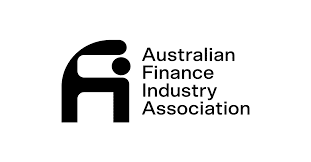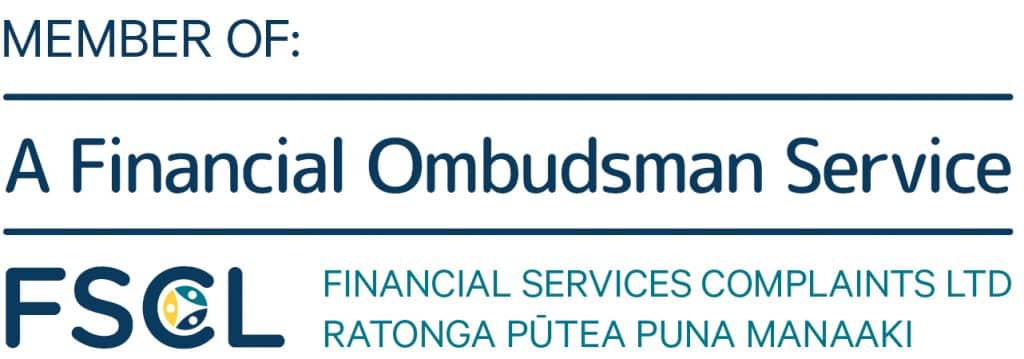By Evan Spicer
Director of Cryptocurrency Investigations
MyChargeBack
One of the reasons the number of crypto scams proliferated so quickly is the perceived anonymity provided by the blockchain. Since the blockchain hasn’t been regulated, at least until now, anyone can send crypto to anyone else under the radar and without the oversight of authorities.
However, all this is changing. The EU has released a series of proposals to regulate cryptocurrency. This includes TFRs, or Travel Rules, that require transparency about who is sending and receiving cryptocurrencies. This may be a strong first step in reducing crypto scams that have robbed consumers of millions in the past few years.
What are TFRs and how are they crucial weapons in the war against crypto scams?
What Is TFR?
TFR stands for the Transfer of Funds Regulation and is part of a larger program to regulate cryptocurrency. TFR was recommended by the Financial Action Task Force (FATF), an international organization that urges best practices for financial policy.
TFR requires communication between CASPs, or Crypto Asset Service Providers. CASPs are crypto platforms that in financial policy are similar to banks. Just as a bank must provide identification data about people who send and receive funds, CASPs must also show complete transparency to identify the people behind transactions.
The information must be shared with CASP-to-CASP transactions or those between a CASP and a wallet belonging to a customer. There are exceptions regarding unhosted wallets, which don’t fall under the category of entities regulated by TFR.
Are TFRs Like Bank Regulations?
One of the purposes behind the EU’s Markets in Crypto Assets Regulation (MiCA) and TFRs is to establish rules governing crypto that are similar to those for bank transactions. For instance, sharing information is required for any type of bank transfer, and the same will be true of crypto platforms under MiCA.
In some ways, MiCA can be more stringent than bank regulations, at least regarding minimum requirements for data verification. For instance, in the EU, customers can transfer up to €1,000 without scrutiny, but the minimum amount for bitcoin transactions is €0. This means that people who send or receive money have to reveal their identity and personal details even for the smallest transactions.
The justification for the greater stringency is the prevalence of crypto scams and the fact that fraudsters often launder money in small amounts without having to pay fees. Therefore, EU lawmakers felt that accountability was required even with minimal amounts of cryptocurrency.
Can TFRs Keep Customers Safe?
One of the most troubling aspects of crypto scams is anonymity. Without rules, people can send and receive money and abscond with funds without anyone knowing who they are. Bitcoin transactions with names and identifying information can help solve this problem by preventing people from making fully anonymous transactions.
With this data, crypto recovery is easier as is investigating bitcoin transactions. With names, much of the guesswork is taken out of tracking down customer funds and results from crypto claims will be far more likely.






